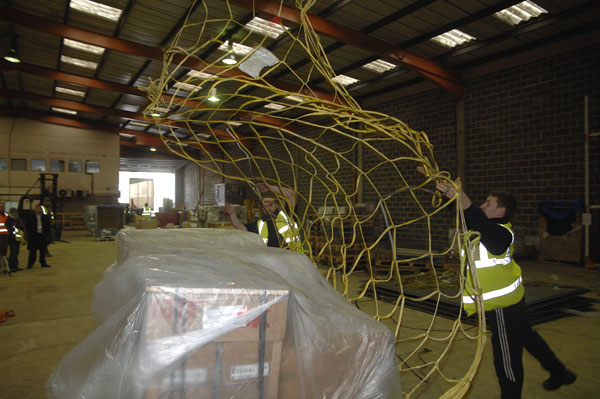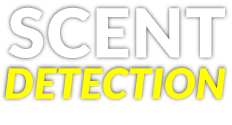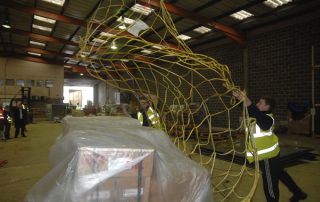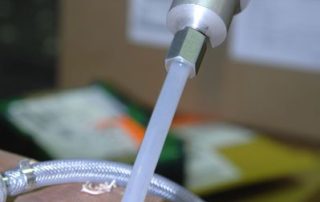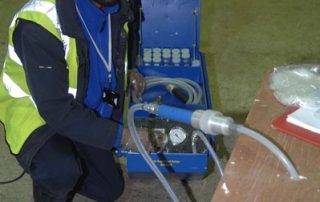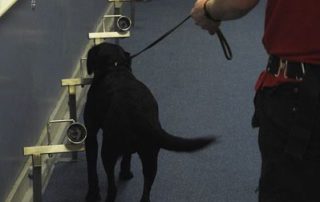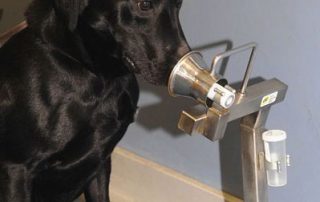History of REST
After Pan AM flight 103 was bought down by a terrorist bomb killing 270 people in 1988. The British government realised that changes needed to be made to aviation security.
During the late 80s and 90s research into demining was being conducted in South Africa with explosive detection Dogs. Followed by trials on boarder control using remote air sampling through fly screen filters and detection Dogs.
This concept of remote air sampling vehicles was rolled onto trials at the channel tunnel in the early 90s involving the DFT and DSTL.
In 1993 the DFT introduced a new directive aimed at improving airfreight security. It soon became apparent that a lot of air cargo was difficult to screen due to size. The REST system (Remote Explosives Scent Tracing) offered a solution to this problem.
The first trial was conducted at Manchester airport in 1998 and in 2001 the DFT changed the name to RASCO as it approved the system for aviation security.
ICTS were one of the first commercial companies accredited by the DFT to roll out the system in UK airports followed by Airworld security.
In 2002 the system was demonstrated in France and ICTS set up their own system shortly followed by DiagNose. This convinced the French authorities that they could successfully sample from trucks. The system has been used in Europe ever since.
REST stopped in the UK in 2014 due to the lack of private security companies willing to participate in the scheme largely due to operating cost.
FREDS or (Free Running Explosive Dogs) filled the gap, but there is still a demand today for the REST of large consignments as an alternative to x-ray.
References : Eric Burchill (Advanced Canine Technologies) Alan Bennett (Retired Operations Director Airworld Security)
